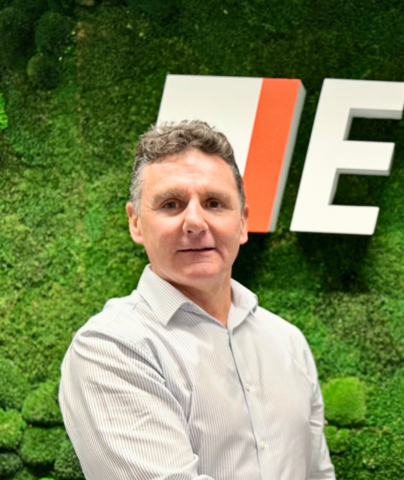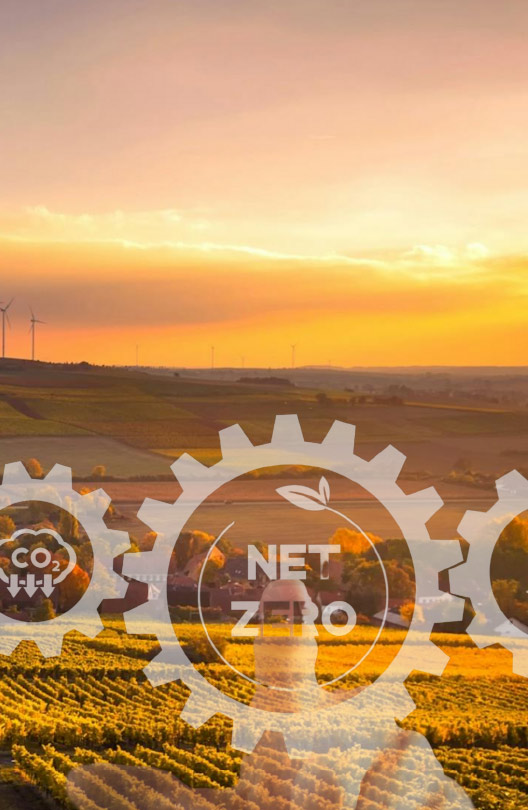THIS ARTICLE AT A GLANCE
CONTACT ETS
If you have any questions or would like to discuss further what you should be doing, ETS is here and willing to help.
Call 0117 205 0542
Email enquiries@energy-ts.com
Submit a contact form
CHECK OUR SERVICES
Net Positive Buildings and Developments

It is true to say that traditionally there has often been conflict between the process of building development and environmental protection.
Historically, the development process paid relatively little heed to the environmental impact that occurred as a result – and whilst this situation improved significantly over the past decades, through tightening of building regulations and requirements under the planning process, there remained a significant tension between the two concepts.
Thankfully today, the sustainability performance of buildings and site development is a key part of the planning process, and developers are required to pay significant attention to how their proposals impact the wider environment – predominantly through formal regulations and other legislative levers.
Indeed, many developers and property owners/managers look to go beyond simple compliance with regulations, and the market is now seeing some major organisations align not only their buildings and developments, but their wider business operations with efforts to combat global climate change, mainly as detailed in global political agreements such as the Paris Climate Accord – through commitments to achieve ‘Net Zero’ carbon status over the coming decades.
This is all very laudable and worthy of celebration – but an important question remains: does Net Zero go far enough, or can we go further? Should companies be aligning with the concept of ‘Net Positive’ requires buildings and new developments to have an overall positive environmental impact, rather than just reducing their negative impact to zero?
What does net zero mean for UK businesses?
As mentioned, net zero is an area that is quickly progressing. Climate consciousness has risen dramatically in recent years, with increasing pressure on companies to make positive changes to the ways they operate. Many huge organisations have committed to reducing their carbon footprint in recent years. Sky has made a commitment to reach net zero by 2030, while Microsoft has gone further and pledged to become carbon negative – meaning they remove more carbon from the environment than they emit – by the same deadline, and then to remove all their historical carbon emissions by 2050.
Net zero is forcing companies to completely reassess their operations to reduce their energy usage and wider environmental footprint. This includes ensuring their buildings are as energy-efficient as possible and making investments into renewable energy sources. Tasks like these may seem insurmountable when first approached, but can lead to significant long-term gains for businesses. Ignoring the need to make these changes is only likely to lead to greater difficulties further down the line.
What should businesses be aware of when it comes to ‘Net Positive’?
When considering the potential to move towards Net Positive, one of the first things organisations need to do is define what the term means to them and their stakeholders, as well as how performance could be measured and verified. When thinking about buildings, where do the boundaries of their Net Positive aspirations lie i.e. are they purely looking at the building while it’s in operation, or going further and taking into account the whole lifecycle of the development? This includes material and resource extraction, building construction, end of life, demolition, and so on.
Additionally, decisions need to be taken as to whether there is a specific aspect of net positivity that should be focused on. Are they simply concerned with energy usage, carbon, water or even biodiversity – or going further to take a more holistic approach, and accounting for socio-economic factors such as education, health and wellbeing, and employment?
The first hurdle for any organisation looking to move towards Net Positivity is to define the scope of what the term means for them – and this process is more complicated than it may initially seem.
What are the other barriers to reaching ‘Net Positive’?
There are many other barriers organisations will have to consider when it comes to moving towards Net Positivity. For example, there is question over whether there is enough market demand for Net Positive buildings – in that, are they financially viable for developers to build or people to operate?
There are also issues around the spend and volume of delivery. As an example, when it comes to housing, the government has hugely ambitious delivery targets that it must meet to address the housing crisis. Net Positive developments undoubtedly take significantly longer to plan, design and build, and can require supply chains with specific skillsets that may not be easily sourced.
And then there is the role of technology. As you might expect, technology plays an important part in – especially regarding energy efficiency, functionality, and carbon. To facilitate the delivery of a Net Positive development, risks exist around the availability of sufficient technological solutions on the market that can be robustly and confidently implemented.
And these are just a few of the barriers that will need to be fully considered and overcome.
Can ‘Net Positive’ truly be achieved?
In short, the answer is yes – but it’s not easy. There is a huge range of considerations and conditions that need to be in place to make it viable; these include defining what Net Positive means to all key stakeholders, understanding the commercial viability in full and what’s possible within a specific timeframe, and firmly defining motivations; along with the need to ensure that there is appropriate skillsets and technologies available to support in achieving this goal.
As a specialist energy management, engineering and ‘Smart Buildings’ consultancy with over 20 years of experience across all sectors, ETS can help organisations define their aspirations regarding Net Zero carbon and beyond, across their operational estates – developing both strategic goals and granular implementation plans to significantly improve the energy, carbon and sustainability performance of properties.
Final thoughts
If you are looking for an energy management system that is tailored to your business needs, ETS can provide you with 25 years of experience in dramatically improving energy efficiency and reducing environmental impacts. Whether your businesses have individual assets or large international portfolios, ETS can assist you in saving substantial amounts of money while significantly reducing your carbon performance.
To discuss your requirements, get in touch. You can contact us by calling 0117 205 0542 or drop us an email at enquiries@energy-ts.com.

















































































